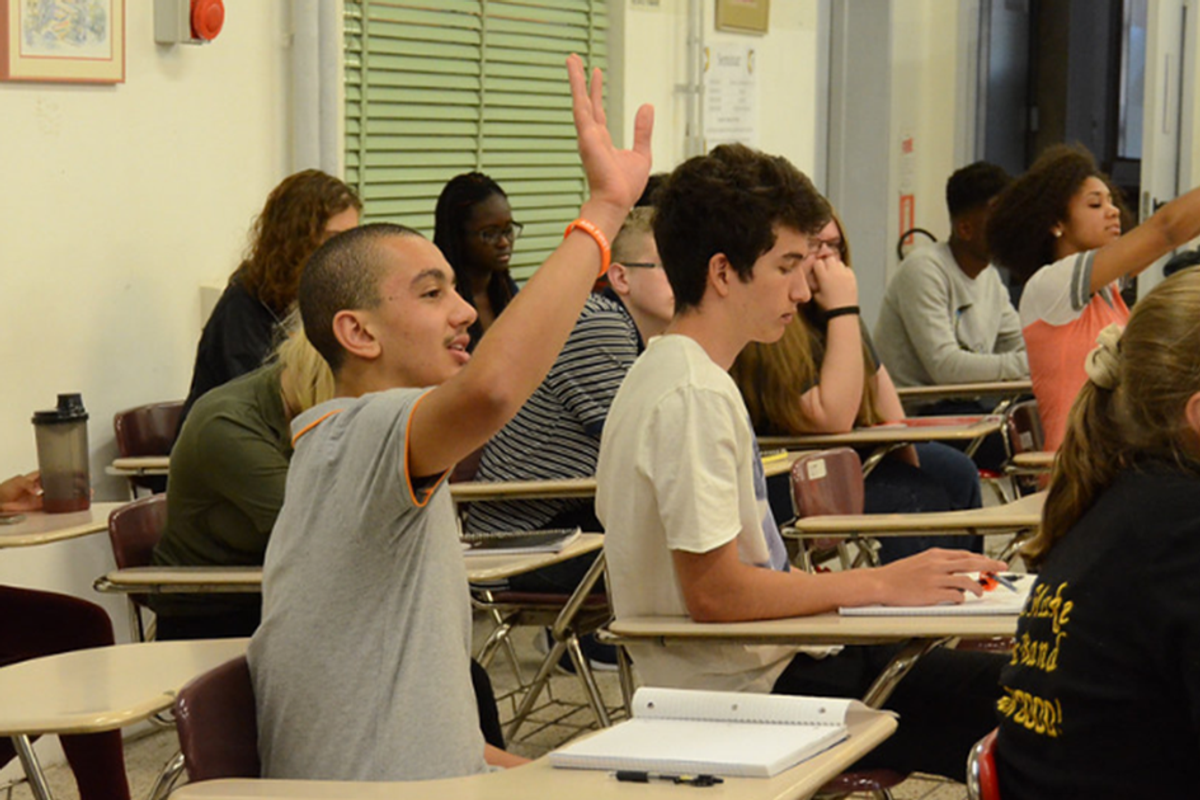California's new law lets teens sleep in to make them better students in school

California has become the first state in the nation to pass legislation that forces schools to open later to improve their students' academic performance.
On Sunday, October 13, Governor Gavin Newsom signed legislation prohibiting middle schools from opening earlier than 8 a.m. and high schools no earlier than 8:30 a.m.
"The science shows that teenage students who start their day later increase their academic performance, attendance and overall health," Newsom said in a statement. "Importantly, the law allows three years for schools and school districts to plan and implement these changes."
There's no doubt that sleepy teens throughout the state are rejoicing over the few more minutes of shut-eye they'll enjoy every morning. Educators should be excited that schools are finally waking up to the overwhelming evidence that shows teens who get more sleep perform better academically.

According to the National Sleep Foundation, 60% of high school students suffer from extreme daytime fatigue.
RELATED: A high school cheerleader jumped off her parade float to save a choking toddler's life
"Most adolescents need about 9 hours of sleep per night," Schools Start Later says. "Today, nearly two thirds of adolescents get under 8 hours of sleep, and two fifths get under 6 hours of sleep per night," continued.
"Chronic sleep loss in children and adolescents is one of the most common – and easily fixable – public health issues in the U.S. today," said pediatrician Judith Owens, MD of the National Sleep Foundation says.
A big reason that teenagers are sleep-deprived is that as they reach puberty, there is a change in the circadian rhythms so they don't feel sleepy until about two hours later. This change is known as "sleep phase delay."
RELATED: 7 secrets to raising awesome, functional teenagers
"Before puberty, your body makes you sleepy around 8:00 or 9:00 pm," UCLA Health says. "When puberty begins, this rhythm shifts a couple hours later. Now, your body tells you to go to sleep around 10:00 or 11:00 pm."
This change puts teens at a major disadvantage if they want to get the recommended nine hours of sleep while making it to class on time.
Critics of the new laws says it put working families who can't change their work hours at a major disadvantage.
"We know from experience that many of these parents will drop their children off at school at the same time they do now, regardless of whether there is supervision, and there is not enough funding from the state for before school programs to ensure the safety of students who will be dropped off early," CTA spokeswoman Claudia Briggs said according to UPI.
But the bill's author, Democrat Sen. Anthony Portantino, called this claim "adult-based" criticism.
"Productivity goes up because suspensions go down. Disruptive behavior goes down. Tardies go down. Violent behavior goes down. What it comes down to is a reluctance for adults to change," Portantino said.
- New law makes CA first state to push back school start times | FOX ... ›
- California pushes back school start times for middle and high school ... ›
- California Becomes First State to Push Back School Start Times | KTLA ›
- New law mandates later school start times in California ›
- California Teenagers Could Sleep Later Under School Start Bill ... ›
- California becomes first state in the country to push back school start ... ›
- Newsom signs law delaying California school start times | The ... ›

